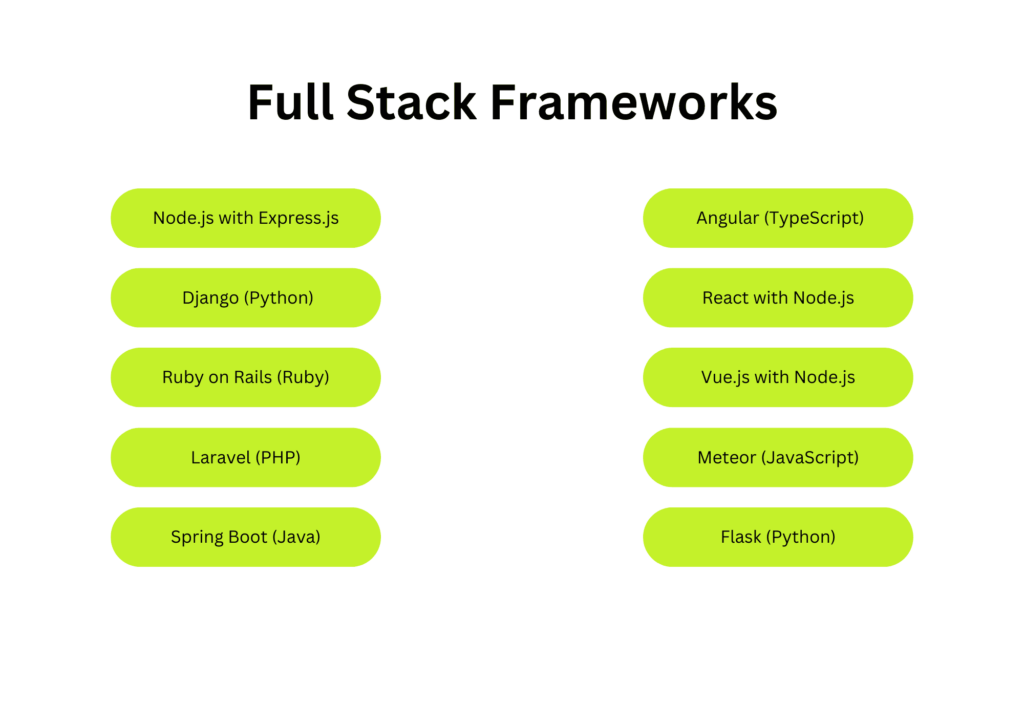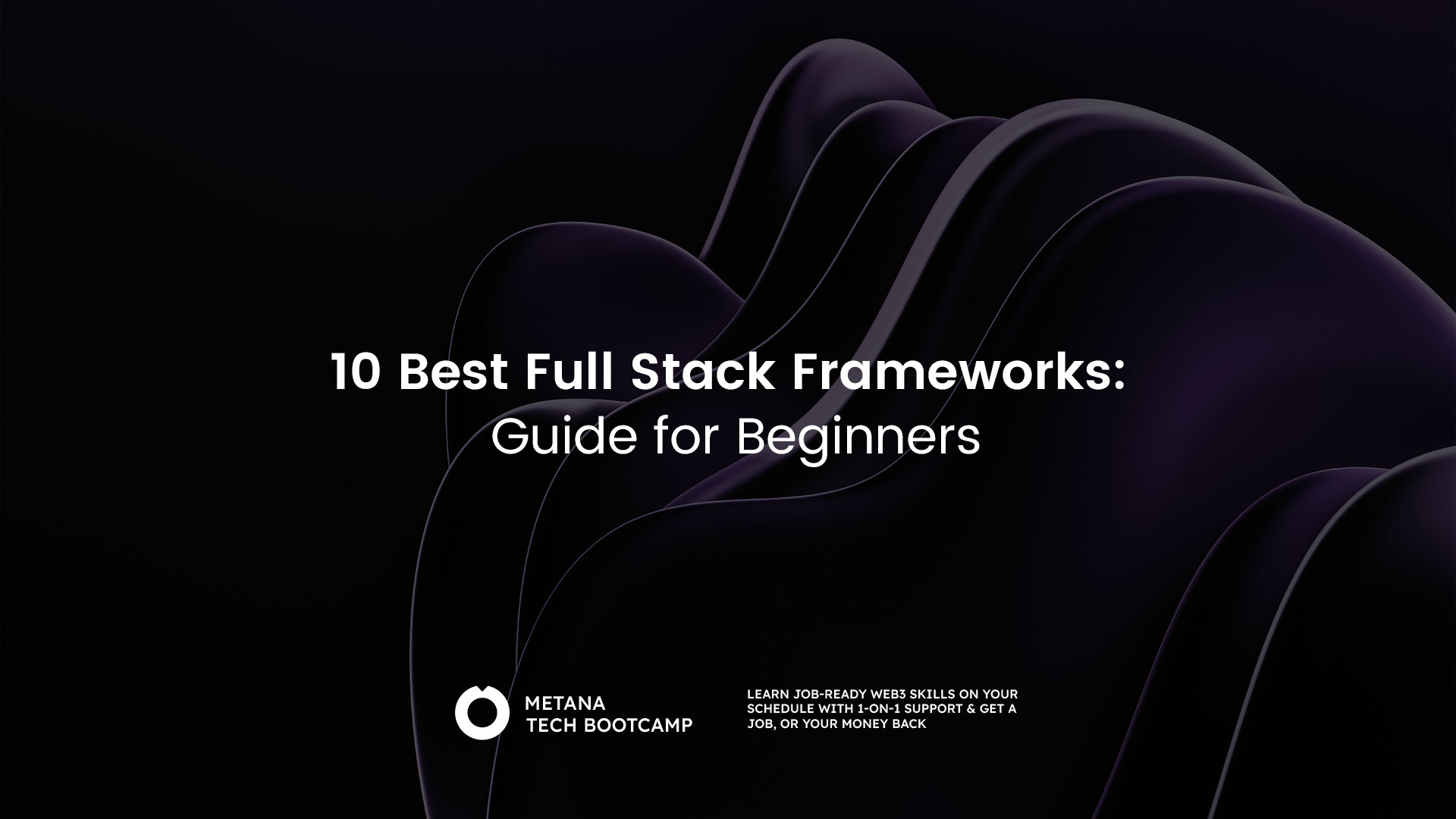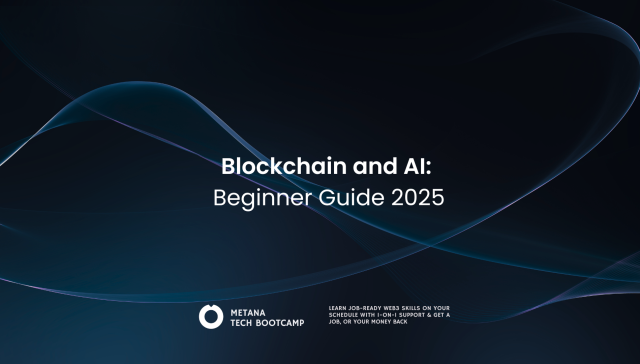TL;DR:
- Full stack frameworks simplify web development by offering tools for both front-end and back-end.
- These frameworks allow developers to use the same language across the entire stack, saving time and effort.
- Popular full stack frameworks include:
- Node.js with Express.js
- Django
- Ruby on Rails
- Laravel
- Angular
- When choosing a framework, consider:
- Programming languages you’re familiar with
- Community support and available resources
- Scalability for future projects
- Full stack frameworks are essential for quickly building and managing robust web applications, with extensive resources for beginners.
In the tech world, full-stack developers are like all-in-one experts who can work on both the front and back ends of websites and apps, making them super valuable. They’re in big demand because they can do a lot, from making sites look good to making sure they run smoothly.
Full stack frameworks are like magic toolkits for these developers. They have all the tools and guides needed to build websites or apps quickly and without too much trouble. This means developers can create cool stuff faster and easier, while companies can get their products out to people quicker.
Learning how to use these frameworks is a smart move for developers, as it boosts their skills and opens up more job opportunities. Plus, there’s a big community around these frameworks, offering help and new ideas. So, full-stack developers and their frameworks are key players in making the online world better and more exciting for everyone.
What are Full Stack Frameworks?
Full stack frameworks are like big toolboxes for building websites and apps. They help people make the parts you see (like buttons and pictures) and the parts you don’t see (like where the website’s information is kept) work together nicely. It’s like having a set of tools that lets you build a whole toy, not just the wheels or the body, but everything at once.
These frameworks make a developer’s job easier because they come with lots of pre-made pieces. This means a developer doesn’t have to start from zero when they want to build a new website or app. It’s a bit like using a Lego set to build a model — you have all the bricks and a guide on how to put them together.
One of the best things about using a full stack framework is that it lets you use the same language for both the parts you see and the parts you don’t. This makes everything more straightforward and keeps things tidy.
In short, full stack frameworks are great because they:
- Save time: They have ready-to-use parts so you can make apps faster.
- Keep things simple: They let you use the same language for everything.
- Help you do more: They come with tools for checking your work and fixing problems.
These toolboxes are super helpful for people making websites and apps because they make the work quicker, neater, and sometimes even a bit easier.
10 Best Full Stack Frameworks

Let’s consolidate the detailed information into concise paragraphs for each framework to fit into your article structure. This format will make it easier for beginners to grasp the essentials of each full-stack framework.
1. Node.js with Express.js
Node.js, paired with Express.js, creates a robust environment for developing server-side applications using JavaScript. Node.js executes JavaScript code outside the browser, enabling the development of scalable network applications with non-blocking, event-driven architecture. Express.js complements Node.js by providing a minimalist framework for building web applications and APIs with ease. This combination is ideal for beginners because it allows them to use JavaScript, a language they might already be familiar with from front-end development, across the entire stack. The simplicity of Express.js, combined with Node.js’s efficiency, makes this duo a powerful yet approachable choice for newcomers eager to dive into full-stack development.
2. Django (Python)
Django, a high-level Python web framework, promotes rapid development and clean, pragmatic design. It abstracts much of the complexity of web development, offering a “batteries-included” approach with built-in features for handling common tasks like user authentication, content administration, and database integration. Django’s emphasis on automating as much as possible makes it a highly efficient choice for developers of all skill levels. For beginners, the framework’s extensive documentation, large support community, and the readability of Python code make learning web development straightforward and manageable.
3. Ruby on Rails (Ruby)
Ruby on Rails is a server-side web application framework that emphasizes convention over configuration and the DRY (Don’t Repeat Yourself) principle. Rails offers a structured approach to web development, with a comprehensive set of tools and libraries that streamline the creation of database-backed web applications. Its convention-based setup minimizes configuration time and helps beginners understand best practices in web development. The Rails community is also known for its welcoming nature and extensive documentation, making it an excellent learning environment for newcomers.
4. Laravel (PHP)
Laravel is a PHP web application framework that stands out for its elegant syntax and rich feature set, including a robust routing system, an ORM for database operations, and a powerful templating engine. It’s designed to make web development tasks simpler and more enjoyable, offering tools and packages to handle many common challenges effortlessly. Laravel’s extensive documentation, video tutorial platform Laracasts, and active community support make it a friendly option for beginners. Its emphasis on clean, expressive code and its scalable architecture make Laravel a top choice for both learning and building sophisticated applications.
5. Spring Boot (Java)
Spring Boot, an extension of the Spring framework, simplifies the setup and development of new Spring applications. It offers an opinionated approach to configuration, aiming to reduce development time and increase efficiency. Spring Boot supports a range of programming and configuration styles, making it flexible for various types of projects. Its built-in features like embedded servers, metrics, health checks, and externalized configuration allow developers to get their applications running quickly and smoothly. For beginners, Spring Boot’s vast array of guides and documentation provides a solid foundation for learning Java-based web development.
6. Angular (TypeScript)
Angular is a comprehensive platform for building dynamic, single-page web applications using TypeScript. It provides developers with an environment rich in tools and capabilities, such as two-way data binding, modular code organization, and dependency injection, facilitating the development of complex applications with less effort. Angular’s component-based architecture encourages code reusability and simplifies the development process. The framework’s strong backing by Google and its large community offers ample learning resources, making Angular a compelling option for beginners eager to tackle ambitious web projects.
7. React with Node.js
React, developed by Facebook, is a library for building user interfaces that, when combined with Node.js for the server-side logic, offers a full-stack development solution. React’s component-based approach allows developers to build encapsulated elements that manage their state, leading to efficient updates and a cohesive development experience. The integration of React for the front-end and Node.js for the back-end enables developers to write JavaScript across the entire application, streamlining development and making it easier for beginners to grasp full-stack concepts. The abundance of resources, community support, and the flexibility of React make it an attractive choice for those new to development.
8. Vue.js with Node.js
Vue.js is a progressive JavaScript framework used for building user interfaces, easily integrated into projects for front-end development. When paired with Node.js, Vue.js enables developers to create full-stack applications. Vue’s core library focuses on the view layer, making it straightforward for beginners to learn and apply. Its simplicity, detailed documentation, and incrementally adoptable ecosystem allow newcomers to start small and gradually explore more complex features and integrations. Vue’s gentle learning curve and the ability to maintain high performance make it a popular choice among new web developers.
9. Meteor (JavaScript)
Meteor is a full-stack platform built on top of Node.js that enables rapid development of web and mobile applications in pure JavaScript. Its real-time capabilities out of the box make it uniquely suited for applications requiring live updates, such as chat apps or interactive games. Meteor simplifies development by providing a seamless client-server communication layer, allowing for quick prototyping and development. Its integrated ecosystem and isomorphic JavaScript codebase reduce the complexity typically associated with full-stack development, making Meteor an appealing option for beginners looking to build real-time applications efficiently.
10. Flask (Python)
Flask is a lightweight WSGI web application framework in Python, offering simplicity and flexibility for developers to build web applications quickly. Its “micro” label comes from keeping the core simple but extensible, allowing developers to choose the tools and libraries they want to integrate. Flask supports solid web development practices, including RESTful request dispatching and secure cookies. For beginners, Flask provides an accessible entry point into web development, thanks to its straightforward syntax, extensive documentation, and supportive community. Its minimalistic approach encourages learning the fundamentals of web development without overwhelming newcomers with too many concepts at once.
These paragraphs provide a cohesive overview of each framework, highlighting their unique attributes and why they are suited for beginners, giving readers a comprehensive understanding of the landscape of full-stack development frameworks.
How to Choose Your First Full Stack Framework
Picking your first full stack framework is like choosing your first superhero suit. You want it to fit well and help you do amazing things. Here are some tips and things to think about to make sure you pick the best one for you:
Things to Think About
- What You Already Know: If you already know how to speak a computer language, like JavaScript or Python, pick a framework that uses that language. It’s like choosing a superhero suit in your size—it just fits better.
- Friends and Helpers: Look for a framework that has lots of friends—meaning a big community of other people who use it and can help you when you get stuck. The more tutorials, forums, and guides there are, the better.
- Growing with You: Some superhero suits can grow bigger or get stronger as you do. Pick a framework that can handle bigger projects as you learn more. You don’t want to outgrow your suit too quickly!
Tips for Choosing
- Look Around: Before you pick, look at what’s out there. See what other people have made with the framework and check out what learning resources are available.
- Easy to Learn?: Some suits come with a manual that’s easy to read, and some are more complicated. Find out if the framework seems easy for you to learn, or if it’s too confusing right now.
- Jobs and What’s Popular: If you’re learning to get a job as a superhero (or developer), see which suits are most wanted. Some skills are more in demand, and that can help you choose.
- Try It On: If you can, try the framework a little before you decide. Some have demos or playgrounds where you can test them without having to buy the suit right away.
- Think About Your Missions: What kind of superhero do you want to be? What problems do you want to solve? Some suits are better for certain types of missions. Pick one that matches what you want to do.
Choosing your first framework is exciting! It’s like picking your superhero suit. So take your time, think about what’s important to you, and choose the one that feels right. Remember, the best choice is the one that makes you happy and excited to learn and build things.
Conclusion
Full stack frameworks are essential in web development, providing tools for both the front-end and back-end, making building web applications simpler and more efficient. As you venture into full stack development, choose a framework that matches your interests and project needs. Whether it’s MEAN, Django, Ruby on Rails, or another, starting with projects and practicing regularly will deepen your understanding and skills. Remember, a vast community and numerous resources are there to support you as a beginner. Dive in, explore, and make the most of these opportunities to grow and thrive in the dynamic field of web development.
FAQs
What are full stack frameworks?
- Full stack frameworks are comprehensive tools designed to facilitate both front-end and back-end development, offering a wide range of built-in functionalities to streamline the web development process.
Can full stack frameworks improve development efficiency?
- Yes, full stack frameworks can significantly improve development efficiency by providing integrated solutions for server-side and client-side programming, reducing the need to switch between different tools and languages.
What are some popular full stack frameworks?
- Popular full stack frameworks include Meteor, MEAN (MongoDB, Express.js, AngularJS, Node.js), and MERN (MongoDB, Express.js, React, Node.js), each offering unique features tailored to different development needs.
How do I choose the right full stack framework for my project?
- Choosing the right full stack framework depends on several factors, including your project requirements, the programming languages you’re comfortable with, and the framework’s community support and documentation.
Are full stack frameworks suitable for beginners?
- Full stack frameworks can be challenging for beginners due to their complexity and the breadth of knowledge required. However, with dedication and the right learning resources, beginners can gradually master these frameworks.
What are the benefits of using full stack frameworks for web development?
- Using full stack frameworks offers numerous benefits, including faster development cycles, consistency across the front-end and back-end, and access to a wide array of built-in features and tools that can enhance productivity and performance.
How do full stack frameworks handle data management?
- Full stack frameworks typically include built-in tools or integrate with external libraries to facilitate data management, offering features for database interaction, data modeling, and CRUD (Create, Read, Update, Delete) operations.
Can I use full stack frameworks for mobile app development?
- Some full stack frameworks, such as Meteor, are designed with cross-platform compatibility in mind, allowing developers to build and deploy mobile applications in addition to web applications.
What are the challenges of working with full stack frameworks?
- Challenges include the steep learning curve for beginners, staying updated with the framework’s evolution, and efficiently integrating front-end and back-end components for a seamless user experience.
How do I stay updated with the latest full stack framework trends?
- To stay updated, follow tech blogs, join relevant online communities and forums, attend web development conferences, and participate in workshops and training sessions focused on full stack development.





